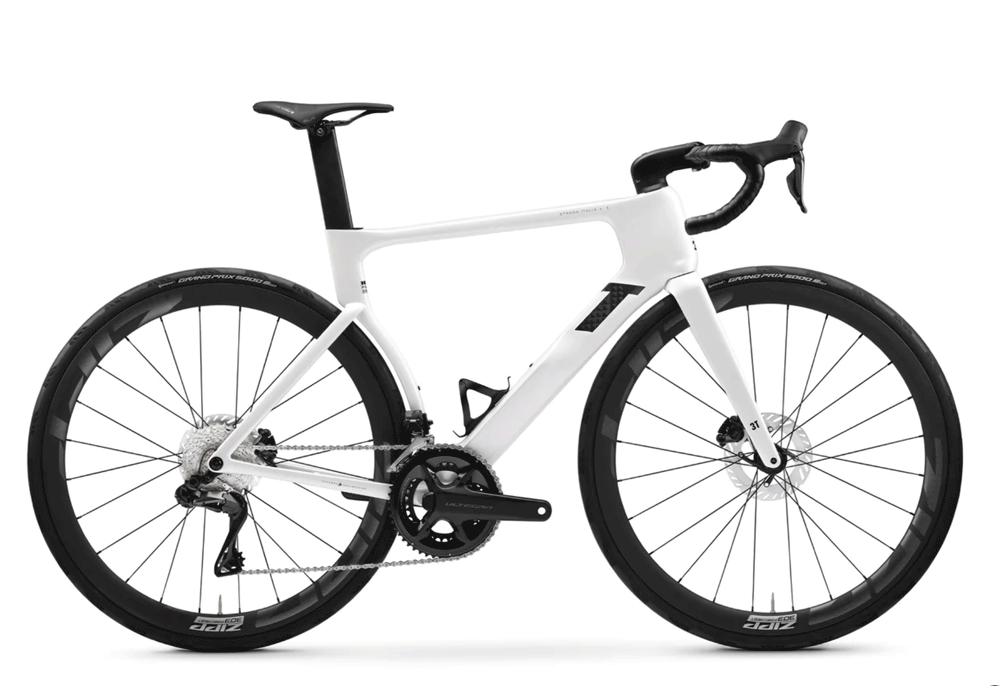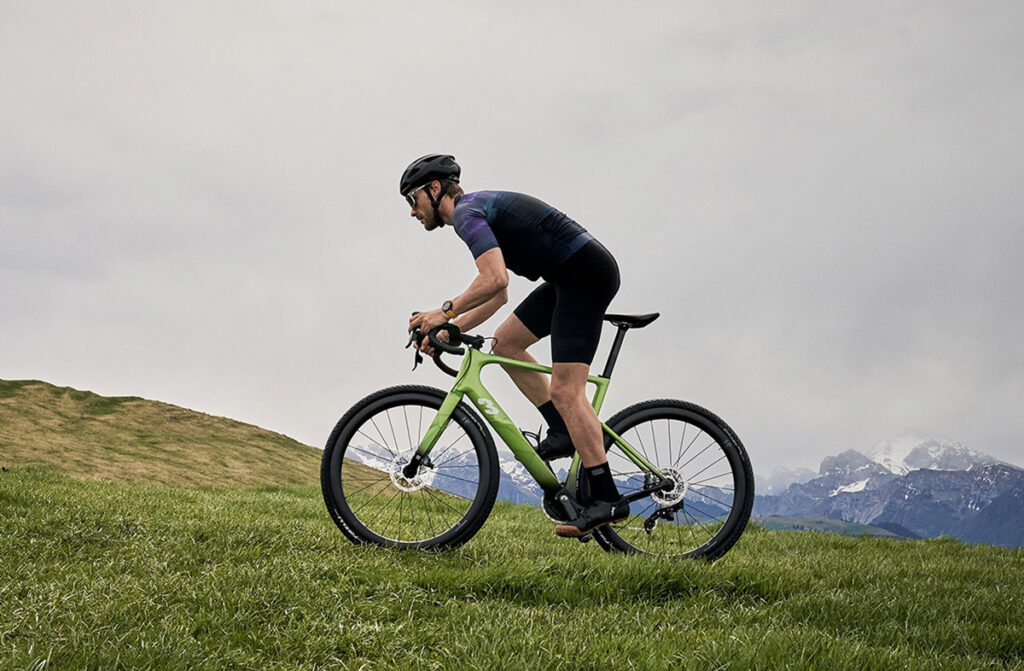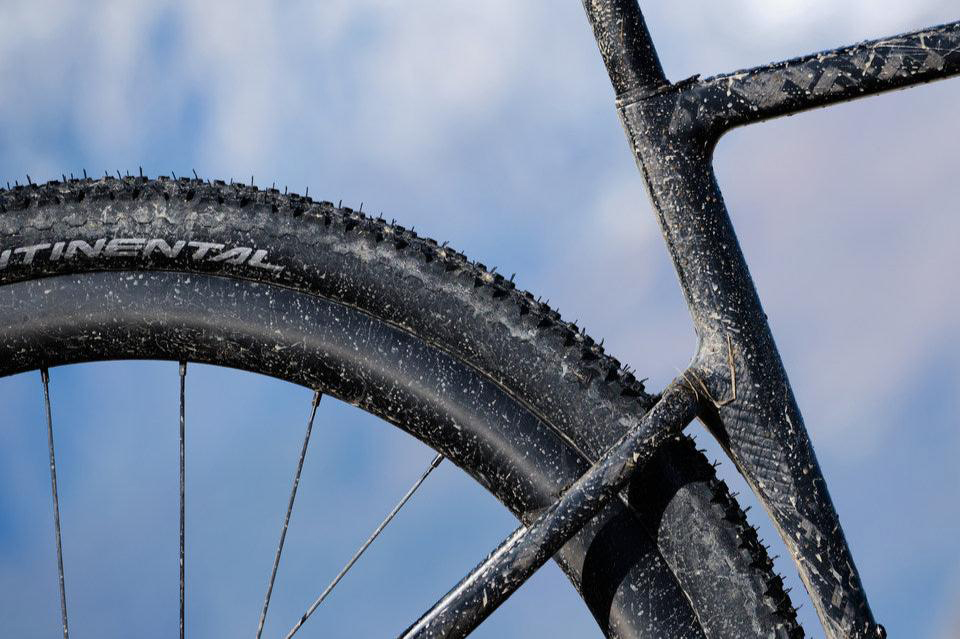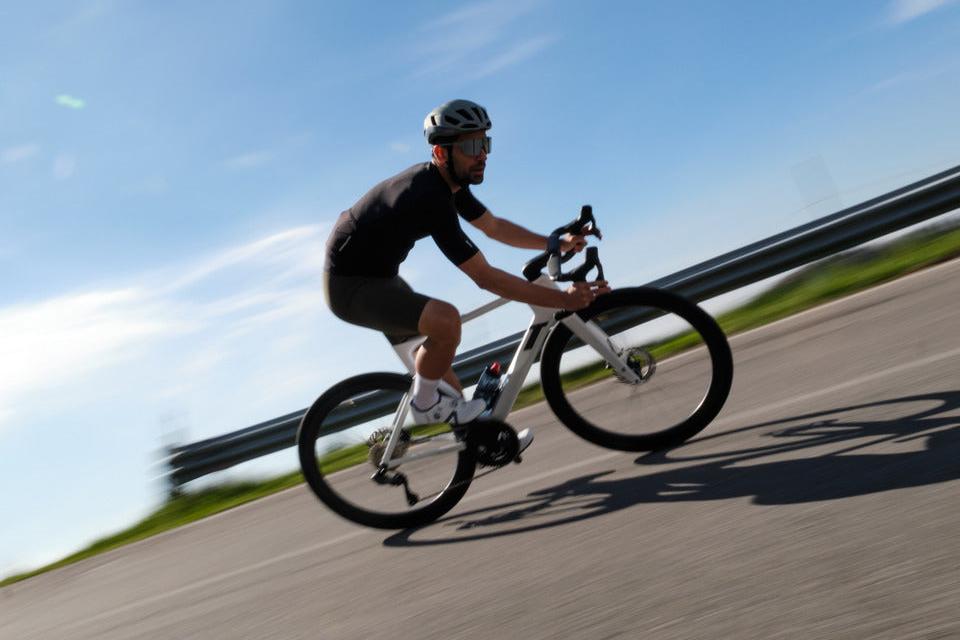Gravel bikes and road bikes are two of the most popular bicycle types among cyclists. Each offers unique advantages and is optimized for different uses. But which bike suits your needs best? In this article, we dive into the details of their differences, pros, and cons — perfect for anyone trying to decide between a gravel bike and a road bike.

1. Usage: Where Do They Shine?
Gravel Bikes:

Gravel bikes are true all-rounders, performing well on both asphalt and gravel paths. They’re particularly popular among adventurers who see cycling as not just a sport but also a journey of discovery. Thanks to their versatility, gravel bikes are ideal for bikepacking, long weekend rides, or even daily commutes.
Typical Use Cases:
–Gravel and forest trails: Perfect for riders seeking off-road adventures.
–Long-distance and bikepacking tours: Ideal for exploring remote areas.
–Everyday commuting: Equipped with racks and fenders, gravel bikes are highly practical–
Road Bikes:

Road bikes are designed for speed on smooth asphalt. With their focus on lightweight construction and aerodynamic efficiency, they’re great for ambitious cyclists aiming to improve performance. Whether for races, training sessions, or fast group rides, road bikes are the go-to choice.
Typical Use Cases:
–Road racing and training: The ideal choice for competitive cyclists.
–Group rides: Optimized for efficiency and dynamics in group settings.
–Mountain stages: Their lightweight frame excels on steep climbs.
2. Geometry and Comfort
Gravel Bikes:
Gravel bikes feature a geometry that prioritizes comfort. A more upright riding position makes long rides easier on the body. The longer wheelbase and slacker head tube angle provide extra stability on rough terrain, making them perfect for riders who spend hours in the saddle.
Road Bikes
Road bikes are all about efficiency. Their geometry promotes a sportier, more aerodynamic riding position that enhances speed. However, this aggressive posture may feel less comfortable for beginners or those unaccustomed to it. The precise handling geometry is ideal for sharp turns and high-speed descents.
3. Tire Width and Tread
Gravel Bikes

Gravel bikes typically come with wider tires ranging from 35 to 50 mm. These tires provide better grip on loose surfaces and help absorb vibrations, increasing comfort. Lower tire pressure further enhances traction and stability, especially on challenging trails.
Road Bikes

Road bikes are equipped with narrower tires, usually between 23 and 32 mm. These minimize rolling resistance, making them perfect for smooth roads. Modern road bikes, however, often allow slightly wider tires to improve comfort without sacrificing speed.
4. Equipment and Versatility
Gravel Bikes
Gravel bikes are built to be versatile. They often include mounting points for racks, fenders, and extra bottle cages. Most come with disc brakes for reliable performance in all weather conditions. Gravel bikes also support a variety of drivetrain setups, from simple 1x systems to more complex 2x configurations.
Road Bikes
Road bikes focus on performance and efficiency. Their equipment is usually minimalistic to reduce weight. While you won’t find racks or fenders, they feature high-quality components optimized for speed and aerodynamics. Disc brakes are increasingly common, but they may not offer the same versatility as those on gravel bikes.
5. Pros and Cons at a Glance
| Feature | Gravel Bikes | Road Bikes |
|---|---|---|
| Flexibility | Very high | Low |
| Comfort | High | Moderate |
| Speed | Moderate | High |
| Off-road Capability | High | Very low |
| Weight | Heavier than road bikes | Extremely lightweight |
6. Choosing the Right Bike for You
Gravel Bikes

Gravel bikes are the epitome of versatility and adventure. Their ability to handle mixed terrains makes them an excellent choice for cyclists who value flexibility. Whether it’s a casual ride, a multi-day bikepacking trip, or tackling rough trails, gravel bikes shine in providing comfort and control. Their durability and adaptability make them perfect for riders who prioritize exploration over outright speed. Additionally, gravel bikes often come with various customization options, allowing cyclists to tailor their ride to specific needs like extra storage or specialized tires.
Road Bikes

Road bikes cater to cyclists focused on speed and efficiency. If your primary goal is to achieve maximum performance on paved roads, a road bike is your best bet. They’re perfect for riders who thrive on pushing their physical limits, participating in races, or joining fast-paced group rides. While road bikes may lack the rugged versatility of gravel bikes, their lightweight build and aerodynamic design make them unmatched for covering long distances quickly and efficiently. They’re an ideal choice for those who enjoy the challenge of optimizing their performance.
Conclusion
Choosing between a gravel bike and a road bike ultimately depends on your personal preferences and cycling goals. Gravel bikes are perfect for those who value versatility, comfort, and adventure, allowing you to explore diverse terrains with ease. On the other hand, road bikes are tailored for speed enthusiasts and competitive cyclists who thrive on smooth asphalt and prioritize performance above all else.
Regardless of your choice, both types of bikes offer unique ways to experience the joy of cycling. Take the time to consider your riding habits, terrain preferences, and long-term goals to make the best decision. Ultimately, the right bike is the one that brings you the most satisfaction and encourages you to keep exploring the world on two wheels.
Copyright: Images © 3T Bikes and 3tcollaboration.bike All rights reserved


